Al-Harithi noted that by 2019, the iron and steel industry was facing a serious financial crisis, stating:
“At that time, some companies went bankrupt, while others were on the verge of bankruptcy. The total losses amounted to around 6 billion Saudi riyals. This situation showed that we needed a flexible national plan capable of coping with existing challenges.”
He explained that the goal was to develop both short-term solutions to ease the immediate crisis and a strong long-term structure to meet local demand. Under the plan launched in 2019, the sector’s production structure, demand dynamics, and competitive conditions were thoroughly analyzed.
Emphasizing that the plan was developed by a team composed entirely of young Saudis, Al-Harithi said:
“As a result of our work, we prepared a comprehensive report containing 41 recommendations. Most of these have now been implemented. The key objectives of the plan were to correct the structural imbalance in the market, reduce excessive dependence on rebar, focus on higher value-added products, decrease imports, and ensure fair competition.”
Recalling that in 2019, 79% of the country’s steel capacity was dedicated to rebar production, Al-Harithi noted:
“This was unsustainable. In developed industrial countries, production is more oriented toward flat steel. We took action to correct this imbalance.”
As of today, 38 companies in Saudi Arabia collectively produce 4.7 million tons of steel. While oversupply remains a major issue, Al-Harithi highlighted that demand—particularly for flat steel products—has grown far beyond expectations:
“In 2024, domestic demand reached about 16 million tons, whereas our plan projected 12 million tons. This shows that the country’s industrial sector is growing faster than anticipated.”
He also pointed out that the traditional correlation between steel demand and oil prices has now broken:
“The country is transitioning to an industry-driven economy. Private sector investments and transformation industries are expanding rapidly.”
Al-Harithi then outlined the ongoing challenges in the sector:
-
Difficulties in sourcing raw materials, especially scrap,
-
Low production efficiency,
-
Technological gaps,
-
High dependence on imports.
Discussing new investment opportunities, he revealed that about seven new steel projects worth approximately 60 billion Saudi riyals will be announced soon. These include:
-
A 4 million ton flat steel production complex,
-
A 2 million ton special steel plant,
-
An alloy steel facility focused on train wheels and locomotive components.
He added that these projects will be developed with both domestic and foreign partners, noting:
“A cooperation agreement in this field is expected to be signed tomorrow.”
Finally, Al-Harithi emphasized that initiatives such as the National Local Workforce Development Program and the Iron and Steel Academy will help supply the sector with skilled labor. He concluded:
“Today, the iron and steel industry is not just being restructured—it is moving toward a high-value-added, competitive, and sustainable future aligned with the goals of Vision 2030.”


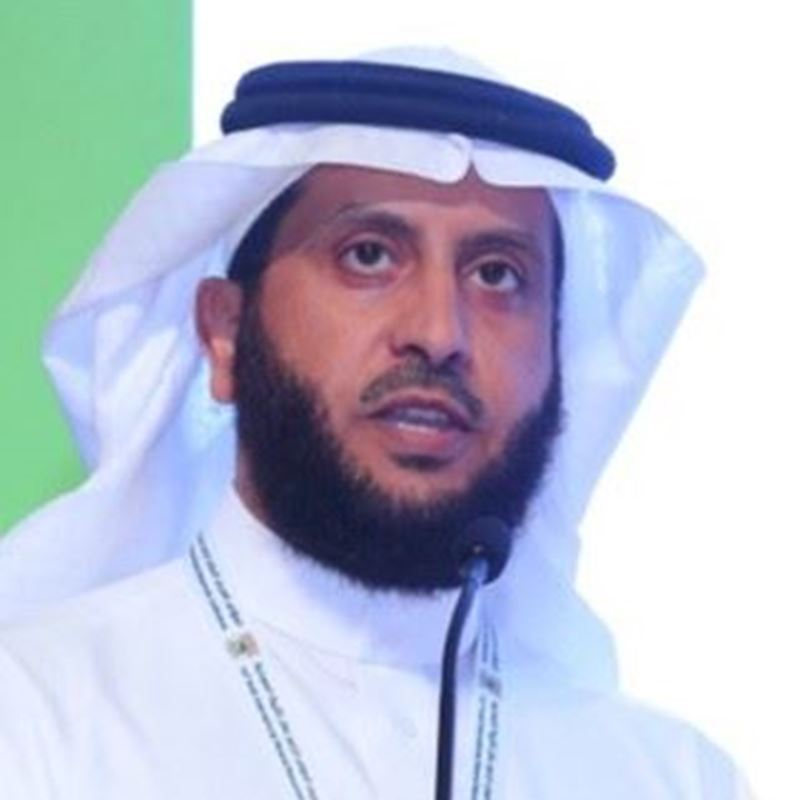
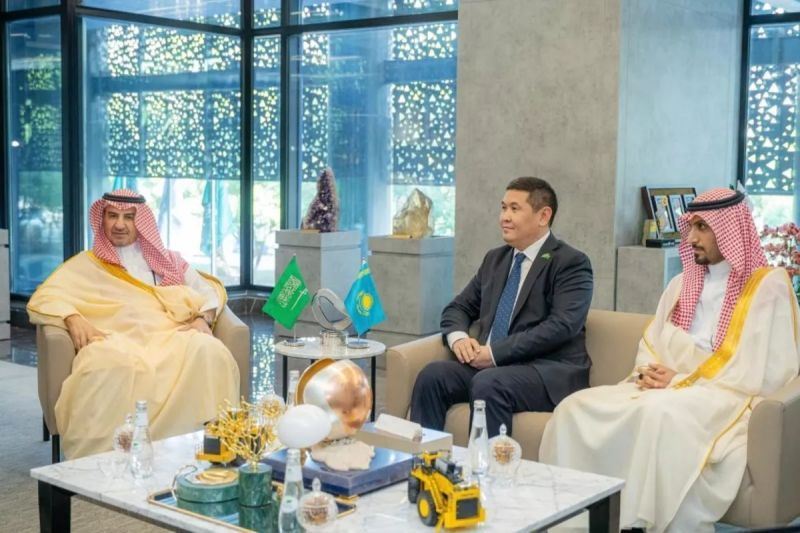
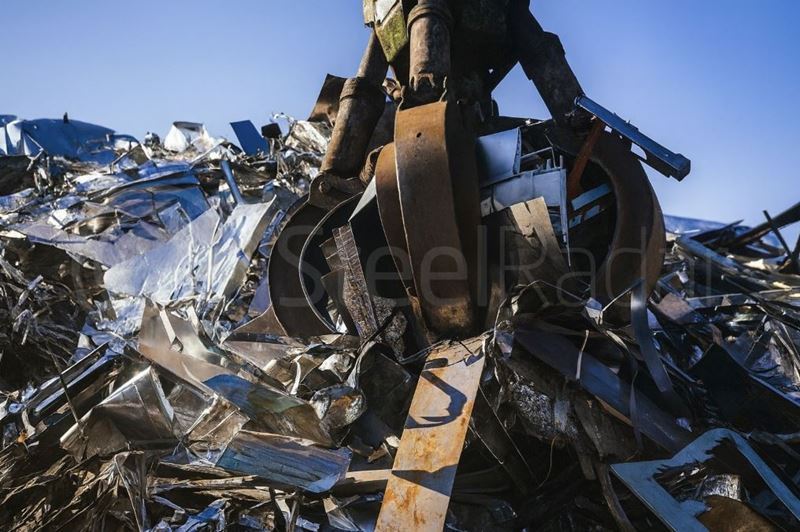
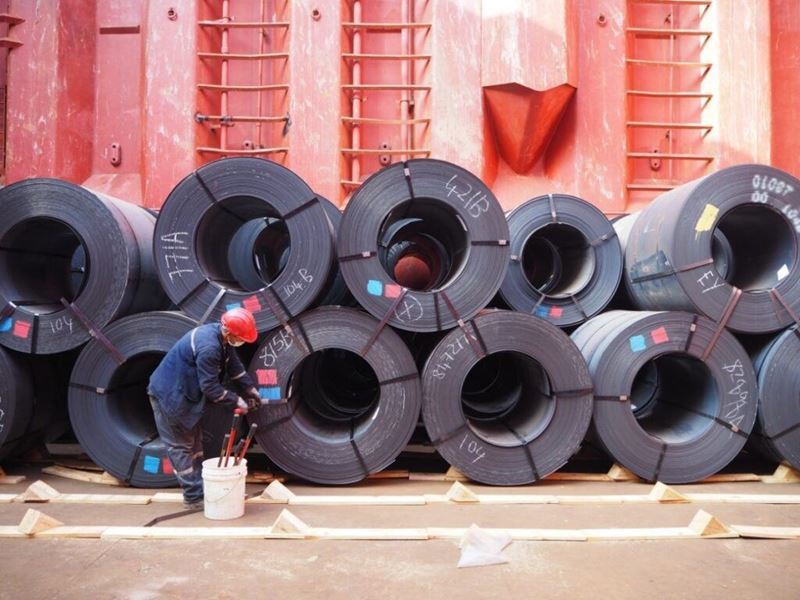
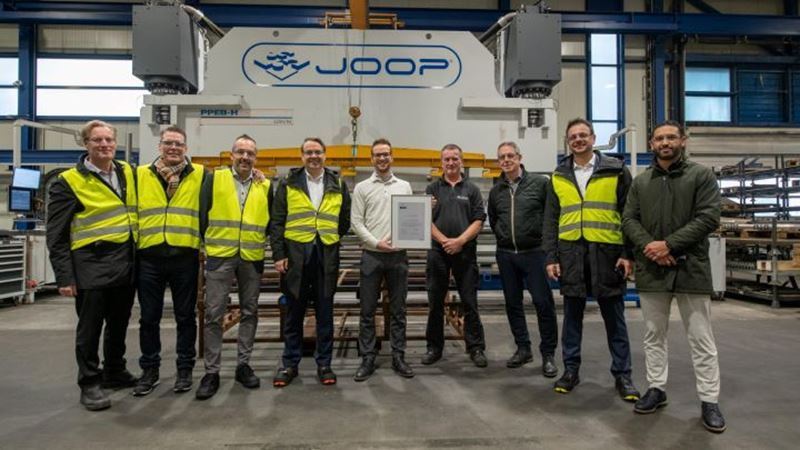
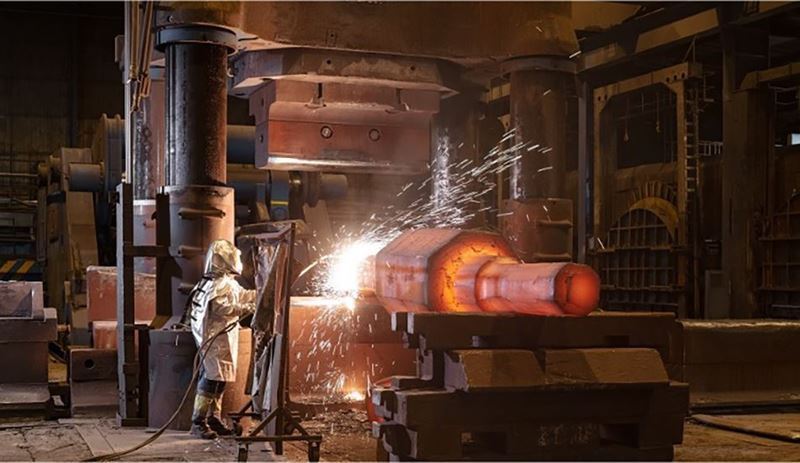

Comments
No comment yet.